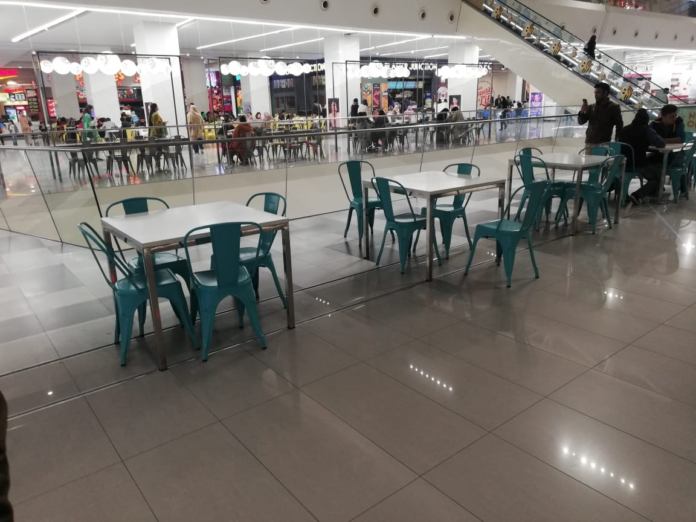
LAHORE: The depreciation of the rupee has weighed on consumer sentiment as restaurants in Lahore that once used to be crowded with customers, no longer depict the same picture.
In the last few months, the restaurant industry has seen a sharp fall in the number of customers, and revenues for food outlets have declined considerably, owing to a depreciating domestic currency that has sent consumers into saving mode.
On August 18, the Pakistani Rupee stood at Rs122.5 compared to the US Dollar, however, four months down the road, as of December 21, the domestic currency has depreciated to Rs140.55, with its effects being felt throughout the economy.

“The rupee to dollar ratio has been shaken and it is going to have its ripple effects in the next couple of months which is going to trickle down into a 20 per cent across the board increase in prices. People have gone into the saving mode and have no disposable income anymore,” said Asad Sheikh, a food critic and the owner of the famous Facebook page Foodies ‘R Us while talking to Profit sometime in early October this year.
The inflation rate has currently increased to 6.5 per cent compared to 5.84 per cent in August with the customers feeling the pinch of a drop in their buying power. “I like keeping birds and their prices have almost doubled as most of these birds are fed on an imported feed,” says Ahmed, a middle-class business manager.
“I used to buy pampers for Rs1,100 a pack. Now the same pack is priced higher by an almost Rs120. My buying power has substantially reduced.”
On the other hand, Shahzad Khokhar, owner of Cafe Zouk, one of the oldest restaurants in Lahore also confirms that the recent decline in the rupee’s value has affected the demand for his restaurant over the last couple of months.
“The dollar has gone up. There is a difference in the demand and it is not just for us but everyone (in the market),” he says, without revealing the exact percentage of the decline.
Even the food courts, in the high-end shopping malls, are finding it hard to attract ample business. “The food court in this mall used to get a good number of customers, however, since the last few months the number of customers coming in has declined,” confirms a food court employee at the Emporium Mall situated in the Johar Town area of Lahore.
What is making things worse for the industry is the fact that a large proportion of restaurants, import raw material from abroad, and the fall in rupees value has substantially increased their costs, which has resulted in lesser profit margins as the restaurants are reluctant to increase prices due to an already declining customer interest.
“One patty of chicken used to cost us Rs61, now the same patty costs us an additional Rs20, while our prices remain the same. If we increase our prices, the small number of customers that are still visiting our outlet will also stop buying from us,” says the manager of Burger King’s outlet situated in one of the high-end shopping malls of the city.
He confirms that his outlet has experienced a 50 per cent decline in demand due to a recent decline in domestic currencies value.
“During the same days in the previous season, the mall used to be full, which is not the case right now. I don’t know if it is because of the dollar crisis or something else, but since the last couple of months, our sales have almost halved,” says an employee of a restaurant called China Town situated in the same shopping mall.






May be some negative impact of rupee depreciation/inflation, but, in my view, major impact is the way the food checking authorities have exposed the state of affairs of restaurants, food processing facilities, the people at large got feared the consequences of eating outside home.
Comments are closed.